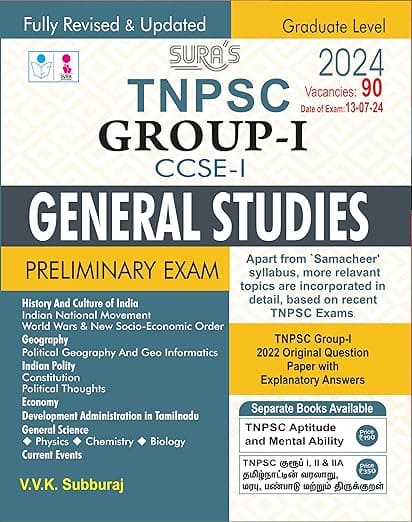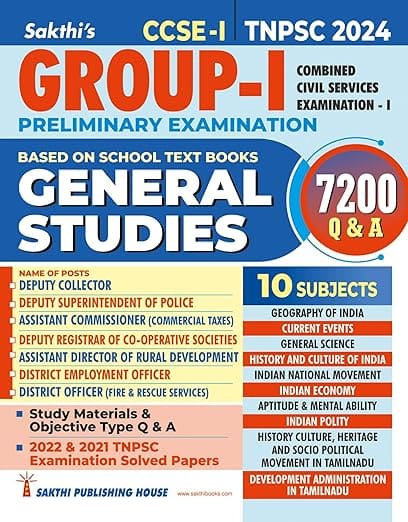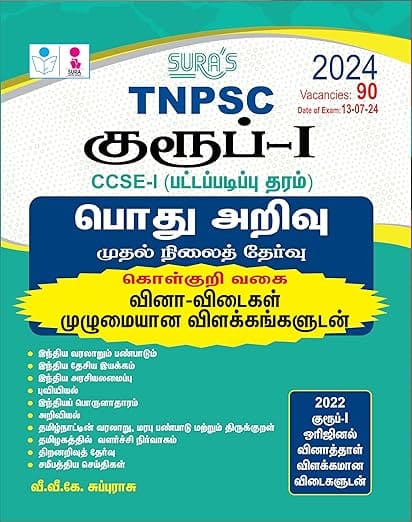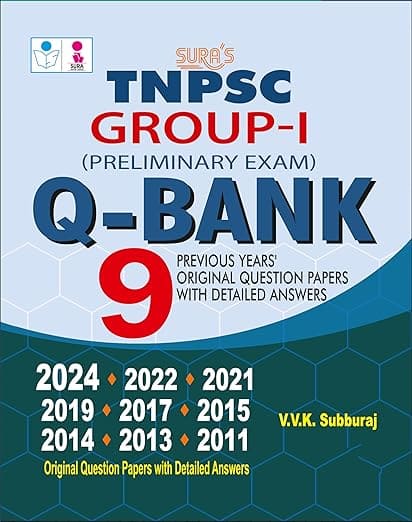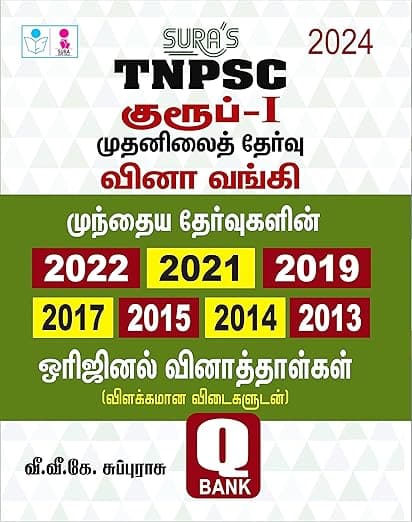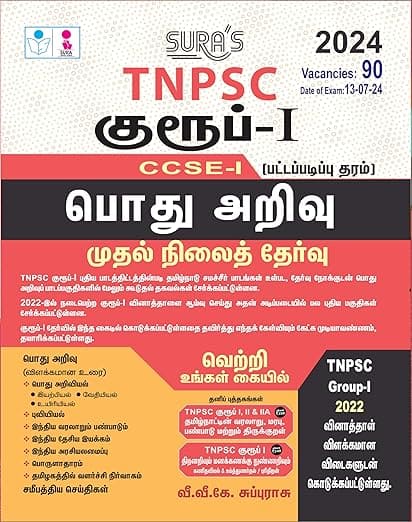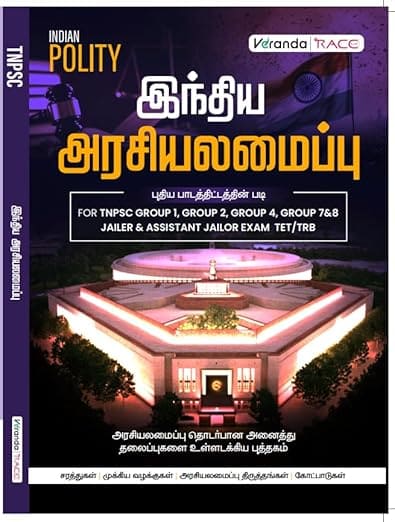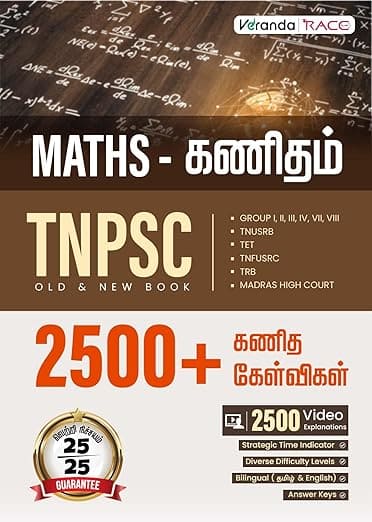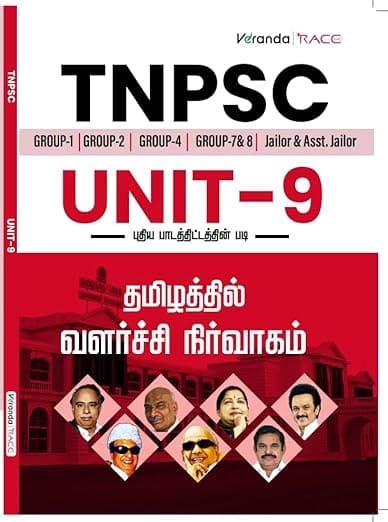State
- Pandya kings preferred Madurai as their capital.
- Madurai has been popularly venerated as Kudal and Tamil Kelukudal.
- The kings are traditionally revered as Kudalkon, Kudal Nagar Kavalan, Madurapura Paramesvaran.
- The titles of the early Pandyas are: Pandiyatirasan, Pandiya Maharasan, Mannar Mannan, Avaniba Sekaran, Eka Viran, Sakalapuvana Chakkaravarti and others.
- Titles of the later Pandyas in Sanskrit include Kodanda Raman, Kolakalan, Puvanekaviran, and Kaliyuga Raman.
- Titles in chaste Tamil are Sembian, Vanavan, Thennavan and others.
- The Pandyas derived military advantage over their neighbours by means of their horses, which they imported through their connection to a wider Arab commercial and cultural world.
Palace and Couch
- Royal palaces were called Tirumaligai and Manaparanan Tirumaligai.
- Kings, seated on a royal couch, exercised the power.
- The naming of couches after the local chiefs attests to the legitimacy of overlordship of the kings.
- The prominent names of such couches are Munaiya Daraiyan, Pandiya Daraiyan and Kalinkat Traiyan.
- The king issued royal order orally while majestically seated on the couches.
- It was documented by royal scribe called Tirumantira Olai.
Royal Officials
- A band of officials executed the royal orders.
- The prime minister was called uttaramantri.
- The historical personalities like Manickavasagar, Kulaciraiyar and Marankari worked as ministers.
- The royal secretariat was known as Eluttu Mandapam.
- Akapparivara Mudalikal were the personal attendants of the kings.
- The most respected officials were Maran Eyinan, Sattan Ganapathy, Enathi Sattan, Tira Tiran, Murthi Eyinan and others.
- The titles of military commanders were Palli Velan, Parantakan Pallivelan, Maran Adittan and Tennavan Tamizhavel.
Political Divisions
- Pandy Mandalam or Pandy Nadu consisted of many valanadus, which, in turn, were divided into many nadus and kurrams.
- The administrative authorities of nadus were the nattars.
- Nadu and kurram contained settlements, viz., mangalam, nagaram, ur and kudi, which were inhabited by different social groups.
- A unique political division in Pandy Mandalam is Kulakkil, i.e. area under irrigation tank.
- For instance, Madurai is described in an inscription as Madakkulakkil Madurai.
- The duty of the nattar was to assess the qualities of land under cultivation and levy taxes.
- In surveying the lands, the officials used rods of 14 and 24 feet.
- After the measurement, the authorities donated the lands.
- Salabogam land was assigned to Brahmins.
- The land assigned to ironsmiths was called tattarkani; for carpenters, it was known as thatchar-maaniyam.
- Bhattavriutti is the land donated for Brahmin group for imparting education.
Administration and Religion: Seventh to Ninth Centuries
- An inscription from Manur (Tirunelveli district), dating to 800, provides an account of village administration.
- It looks similar to Chola’s local governance, which included village assemblies and committees.
- Both civil and military powers were vested in the same person.
- The Pandya kings of the period supported and promoted Tamil and Sanskrit.
- The great Saiva and Vaishnava saints contributed to the growth of Tamil literature.
- The period was marked by intense religious tussles.
- The rise of the Bhakti movement invited heterodox scholars for debate.
- Many instances of the defeat of Buddhism and Jainism in such debates are mentioned in Bhakti literature.

